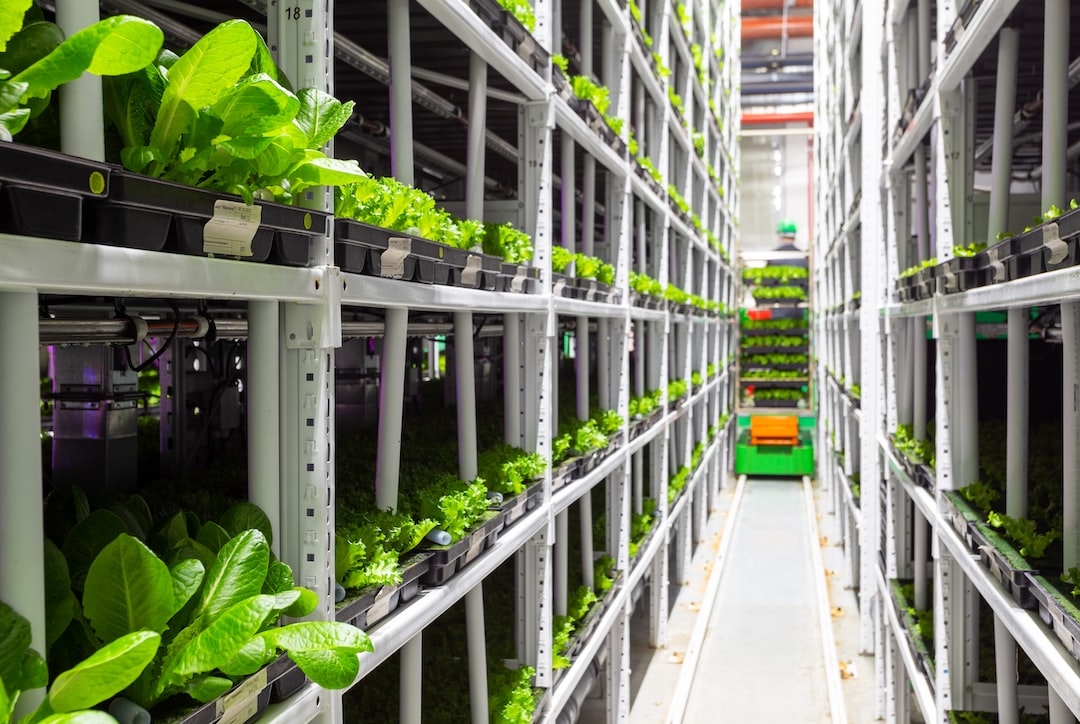Overcoming Challenges in Workforce Development for the Manufacturing Industry
The manufacturing industry is an essential driver of economic growth and plays a vital role in the overall development of a country. However, with the rapid advancements in technology and the ever-evolving nature of the industry, there are numerous challenges that need to be overcome in workforce development to ensure its continued success.
One of the primary challenges faced by the manufacturing industry is the shortage of skilled workers. As technology continues to advance, the need for workers with specialized skills also increases. Unfortunately, there is a significant gap between the skills possessed by the existing workforce and those demanded by the industry.
To address this challenge, it is crucial for the manufacturing industry to invest in training and educational programs. By collaborating with educational institutions, businesses can develop vocational training programs that equip individuals with the skills required for employment in the manufacturing sector. Additionally, apprenticeship programs can provide valuable on-the-job training and mentorship opportunities, allowing individuals to gain practical skills and experience.
Another challenge faced by the industry is the perception of manufacturing jobs as being less desirable or low-paying. Many individuals view manufacturing jobs as labor-intensive and lacking in career growth potential. This perception has contributed to a decrease in the number of individuals pursuing careers in the manufacturing industry.
To overcome this challenge, it is essential for the industry to actively promote the diverse range of career opportunities available within manufacturing. By highlighting the advancements in technology, the potential for career growth, and the competitive salaries offered, it can help change the perception of manufacturing jobs and attract a wider pool of talent.
Moreover, creating partnerships between the manufacturing industry and educational institutions can help to shift perceptions. By offering internships and cooperative education programs, students can gain firsthand experience of the industry and the opportunities it presents. This can dispel misconceptions and provide students with a better understanding of the rewarding career paths available in manufacturing.
The rapidly changing technological landscape presents another significant challenge for the manufacturing industry. Automation and digitization have transformed the way businesses operate, requiring a workforce that is adept at working with new technology.
To tackle this challenge, continuous training and upskilling of the existing workforce are necessary. Employers should provide ongoing training programs to ensure that employees stay updated with the latest technological advancements. Additionally, businesses can collaborate with educational institutions to offer retraining programs that help individuals transition from traditional manufacturing roles to more tech-focused positions.
Furthermore, fostering a culture of innovation and adaptability is crucial in overcoming this challenge. Employers should encourage employees to embrace new technologies and provide an environment that fosters creativity and experimentation. By creating a workforce that is flexible and open to change, the manufacturing industry can stay ahead of technological advancements and remain competitive.
Lastly, the demographic shift in the workforce presents yet another challenge for the manufacturing industry. Many skilled workers are nearing retirement age, creating a potential skills gap that needs to be addressed.
To mitigate this challenge, businesses can implement succession planning strategies. By identifying high-potential employees and providing them with the necessary training and development opportunities, employers can ensure a smooth transition of skills and knowledge. Additionally, companies can actively engage with schools and colleges to attract young talent and promote the manufacturing industry as an attractive career option.
In conclusion, while the manufacturing industry faces several challenges in workforce development, proactive measures can be taken to overcome them. Investing in training and educational programs, shifting perceptions of manufacturing jobs, adapting to new technologies, and addressing the demographic shifts are all necessary steps towards ensuring a skilled and adaptable workforce. By doing so, the manufacturing industry can continue to thrive and contribute to economic growth.

